SOLAR INSTALLATION
FOR NEW CONSTRUCTION HOMES
INSTALLING SOLAR ON YOUR NEW HOME
If you're building a new home or considering building a new home, one of the smartest additions you can make is a rooftop solar system. Not only will you start saving money on your utility bills right away, but it can also help reduce the overall cost of your solar system. By designing your roof specifically for solar, you can often use fewer panels to meet your home’s energy needs. Plus, you’ll save on electrical conduit costs since it’s easier to access and install during the building process. Building a home with solar from the start is a great way to cut costs while ensuring your home is set up for maximum energy efficiency.
